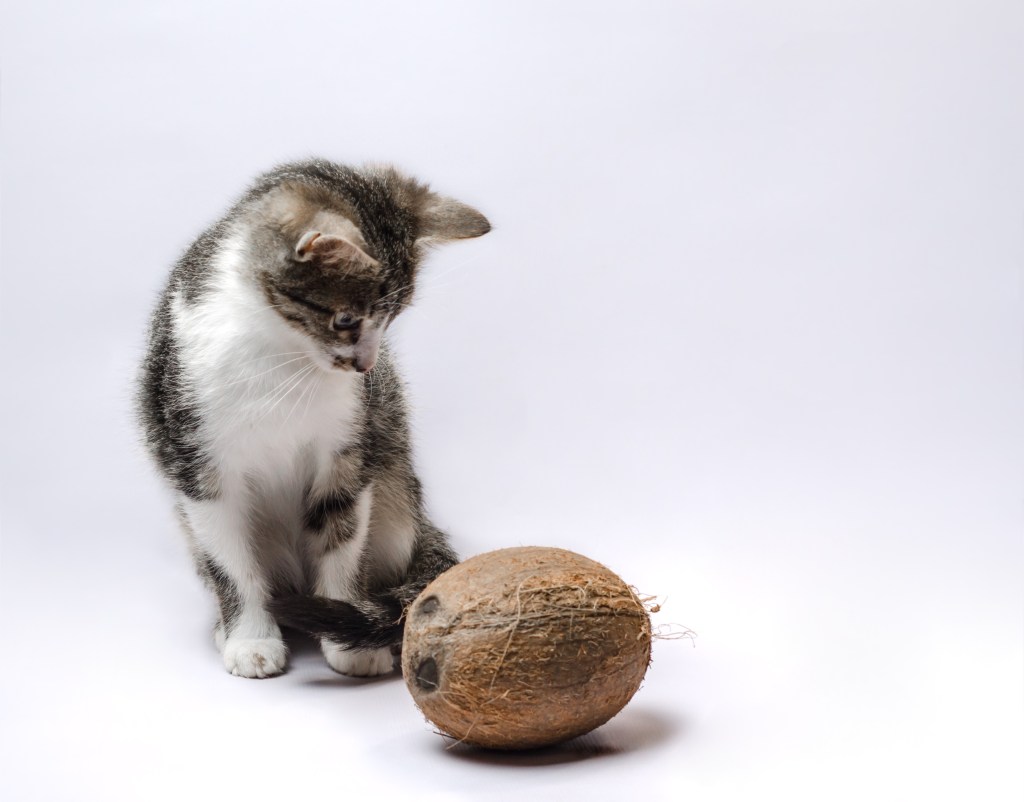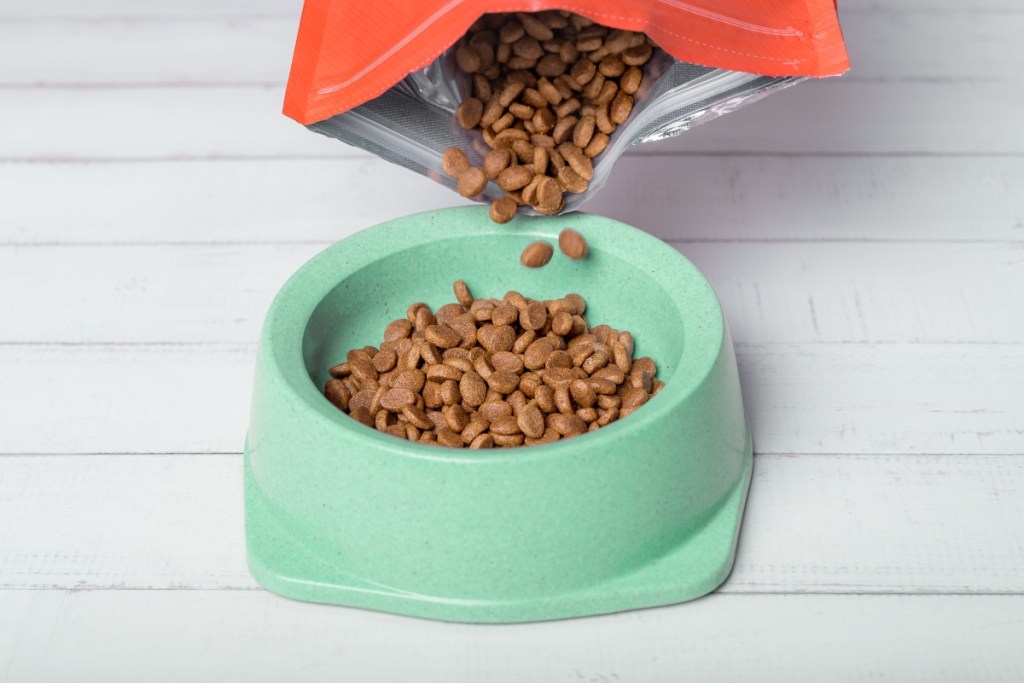Table of Contents
Key Takeaways
- If you have a surplus of produce from your garden, many fruits and vegetables can be fed to your dog or cat, in small amounts.
- Most fruits and vegetables that can be fed to your dog are also healthy for your cat, although they may be less interested.
As gardening season approaches, people with green thumbs may be planning out what to plant this year. Most gardeners value any produce they can grow because of the time, nurturing, and sense of satisfaction that comes from producing their own food.
Maybe you are a gardener who lives in a fertile place, and you end up with more fruits and vegetables than you could ever consume, and everyone at the office already has all the zucchini they need.
In that case, you might consider sharing some of your harvest with your pets. Many fruits and vegetables are safe for pets and even have nutritional value that can benefit them. Remember that almost all human foods that are OK for dogs and cats should be given in small amounts to avoid stomach upset or diarrhea.
As omnivores, dogs are more likely to be interested in produce as cats are purely meat-eaters and can’t taste sweetness. But if your cat enjoys vegetables, they pack a nutritional punch. Most foods that are safe for dogs are also acceptable for cats.
Here are some commonly grown fruits, vegetables, and herbs that you can share with your pet:
Asparagus (unseasoned):
Plain asparagus is an acceptable food for dogs and cats in small amounts as long as you leave off seasonings, butter, and oil. Too much can cause tummy upset. Asparagus is high in fiber and has antioxidants, folate, copper, and vitamins, C, E, and K. Raw asparagus is tough to digest, so cooking it is best. Make sure to cut it into tiny pieces to reduce the risk of choking. Beware, the inedible fern part of the plant is toxic.
Apples:
 Dogs can eat apples, as can cats, and they are beneficial for providing fiber, antioxidants, and fresh breath. Just make sure to core and seed the apple before giving it to a pet to prevent choking, and the seeds are toxic. Many dogs love frozen apple slices and applesauce for summertime treats. However, dogs or cats with diabetes should not eat apples because they can raise blood sugar levels. Serve small portions of apples to reduce reactions.
Dogs can eat apples, as can cats, and they are beneficial for providing fiber, antioxidants, and fresh breath. Just make sure to core and seed the apple before giving it to a pet to prevent choking, and the seeds are toxic. Many dogs love frozen apple slices and applesauce for summertime treats. However, dogs or cats with diabetes should not eat apples because they can raise blood sugar levels. Serve small portions of apples to reduce reactions.
Beans:
Green and lima beans straight from the garden, without seasoning, are good foods for dogs and can be incorporated into homemade dog food. Cats can have them too, but steam them first. Green beans are filled with protein, calcium, iron, fiber, and vitamins A, B6, C, and K.
Bell peppers:
Bell peppers are fine for dogs and cats. All colors are a good source of vitamin C and beta carotene. The main issue is that most people cook with a variety of seasonings when preparing bell peppers; remember to only feed your dog or cat unseasoned, plain vegetables.
Berries
 Most berries are healthy for dogs and work well as all-natural treats. Cats can have them, too, as long as they are small or cut up. Strawberries and blueberries are safe for dogs and full of fiber, antioxidants, and vitamin C. Blackberries and raspberries are relatively safe for dogs but have naturally occurring xylitol, so limit these berries. Most dogs don’t like cranberries, but they are not toxic for dogs. Avoid gooseberries, marionberries, serviceberries, and salmonberries.
Most berries are healthy for dogs and work well as all-natural treats. Cats can have them, too, as long as they are small or cut up. Strawberries and blueberries are safe for dogs and full of fiber, antioxidants, and vitamin C. Blackberries and raspberries are relatively safe for dogs but have naturally occurring xylitol, so limit these berries. Most dogs don’t like cranberries, but they are not toxic for dogs. Avoid gooseberries, marionberries, serviceberries, and salmonberries.
Broccoli (small amounts):
Small quantities of broccoli are safe for dogs. Cut broccoli up into small pieces and serve it to your dog as an occasional treat. It has fiber and vitamin C while being low in fat. However, limit the amount of broccoli you offer because it contains isothiocyanates that can irritate some dogs’ tummies. Both raw and cooked broccoli are fine for dogs, but just make sure to leave off any salt, garlic, or seasonings. Cats can enjoy a little broccoli too if you can convince them to try it.
Cabbage:
Cabbage is great for dogs as it is antioxidant-rich and aids in digestion with its high fiber, plus it’s said to be good for the skin and coat. It is sometimes added to homemade dog food for a nutrition boost. Moderation is key though; too much can lead to thyroid issues and painful gas. Cats can benefit too, if you lightly cook the cabbage first.
Carrots:
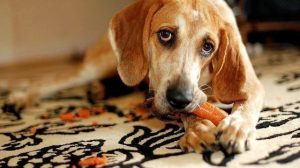
Carrots are safe for dogs and cats to eat and one of the top vet-recommended foods. Both raw and cooked carrots are healthy to give your dog because they are low in calories and a good source of fiber, vitamin A, and potassium. For cats or dogs with sensitive digestion, the carrots should be baked or steamed first. Teething puppies benefit from chewing on cold carrots for relief. Just cut carrots up into small chunks to avoid choking.
Celery:
Dogs and cats can eat plain celery. It is rich in calcium, iron, sodium, phosphorus, and vitamins A, B, and C. Celery is mostly water and fiber, making it a healthy, hydrating snack. It’s a great food for overweight dogs and cats to help them feel full longer. Substitute celery for dog treats and your dog will also get a teeth-cleaning benefit. For cats, fast eaters and small breeds, chop celery into small pieces to prevent choking.
Cucumber:
Great for overweight dogs, cucumbers are full of water and are extremely low calorie, but they also have vitamins K, C, and B1, and potassium, copper, magnesium, and biotin. Cats can have cucumbers too, and it can help cool them down on a hot day.
Eggplant
Eggplant is an acceptable food for dogs. Dogs can eat raw, grilled, baked, or roasted eggplant. Eggplant contains folate, niacin, potassium, vitamins B6 and K, and phytonutrients and is also high in fiber and low in calories to help dogs on diets feel full. Your cat is unlikely to be interested in eggplant, but it should be avoided for them.
Lettuce and spinach:
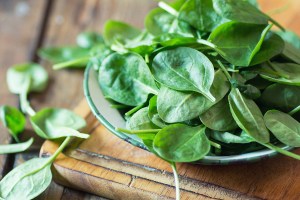 It’s fine to give your dog lettuce, if they will eat it. Although you shouldn’t prepare your pup a full salad with toppings, leafy vegetables are generally okay, such as romaine, iceberg, and arugula. These foods are mostly water and serve as a low-calorie snack or training treat for overweight dogs. Make sure you properly wash lettuce and leave out any salad additions or dressings. Again, cats are unlikely to be interested in lettuce but it won’t hurt them to consume it.
It’s fine to give your dog lettuce, if they will eat it. Although you shouldn’t prepare your pup a full salad with toppings, leafy vegetables are generally okay, such as romaine, iceberg, and arugula. These foods are mostly water and serve as a low-calorie snack or training treat for overweight dogs. Make sure you properly wash lettuce and leave out any salad additions or dressings. Again, cats are unlikely to be interested in lettuce but it won’t hurt them to consume it.
Small amounts of spinach are safe for dogs and cats. Spinach contains vitamins A, B, C, and K, as well as iron, fiber, and beta carotene. Dogs can eat cooked or raw spinach, but steaming is the best option to preserve nutrients. However, spinach does contain oxalates that can cause bladder and kidney stones if consumed in large quantities. Choose organic spinach for your pet to avoid pesticide exposure, and wash it thoroughly before serving.
Pears:
Pears are safe for dogs and cats, and a healthy natural snack in moderation. Pears’ nutrients include potassium, fiber, antioxidants, and vitamins A, C, and K. Make sure to remove the core and seeds of the pear before giving it to your pet. Skip pears if your dog or cat is diabetic because of the sugar content. For something special, try making homemade baked dog treats with pears, honey, coconut oil, coconut flour, and water.
Peaches:
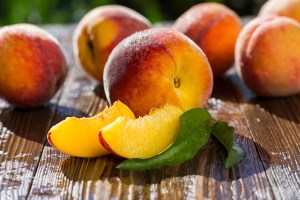 Dogs can eat peaches but pet parents should proceed with caution. Peaches are known to cause an upset stomach or diarrhea in dogs, and the pits and leaves, in addition to being a choking hazard, contain cyanide which is toxic to dogs and cats. However, the flesh of a peach contains vitamins A and C, and fiber, which are beneficial for dogs. Choose fresh peaches over canned ones to avoid giving your pet too much sugar. Cats should not have peaches as it could cause stomach upset.
Dogs can eat peaches but pet parents should proceed with caution. Peaches are known to cause an upset stomach or diarrhea in dogs, and the pits and leaves, in addition to being a choking hazard, contain cyanide which is toxic to dogs and cats. However, the flesh of a peach contains vitamins A and C, and fiber, which are beneficial for dogs. Choose fresh peaches over canned ones to avoid giving your pet too much sugar. Cats should not have peaches as it could cause stomach upset.
Peas:
Dogs and cats can safely eat peas, including snow peas, sugar snap peas, and English peas. Peas are a common ingredient in commercial dog food. As long as they’re offered plain and free of sodium, dogs can eat them frozen, fresh, or boiled. Don’t give peas to dogs or cats with kidney problems.
Potatoes:
Dogs can eat plain baked or boiled potatoes with the skin removed and they are also OK for cats, but you shouldn’t give raw potatoes to pets. Potatoes provide pets with carbohydrates for energy, iron, potassium, and vitamins A, B, and C. Avoid unripe potatoes because potatoes are members of the nightshade family and can be toxic. You can share cooked potatoes in moderation only due to the high carbohydrate content.
Squash and zucchini:
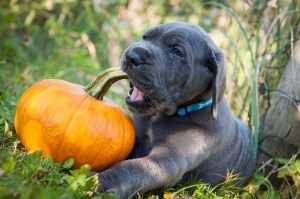 Zucchini and other squash are healthy treats for your canine and cats if cooked and cut into small pieces. Zucchini contains healthy magnesium, potassium, and manganese. Some commercial cat foods even contain these ingredients.
Zucchini and other squash are healthy treats for your canine and cats if cooked and cut into small pieces. Zucchini contains healthy magnesium, potassium, and manganese. Some commercial cat foods even contain these ingredients.
Tomatoes:
You should generally not feed tomatoes to your dog or cat, but plain ripe ones with the greenery removed will not hurt them. Tomatoes are low-calorie foods with lycopene, beta-carotene, vitamin C, fiber, folate, and potassium. In any case, don’t allow dogs or cats access to the tomato plant as they are members of the nightshade family and the leaves and stems contain solanine, which is toxic. Some pups are also allergic to tomatoes.
Fruits and vegetables to avoid
Be sure to keep these common fruits and vegetables out of reach of your pet, especially if your garden is unfenced: Grapes or raisins, onions, garlic, cherries, rhubarb leaves, mushrooms, tomato plant leaves, most citrus, gooseberries, marionberries, serviceberries, and salmonberries, and currants.
See a full list of human foods your dog can and cannot have.



